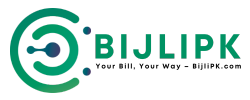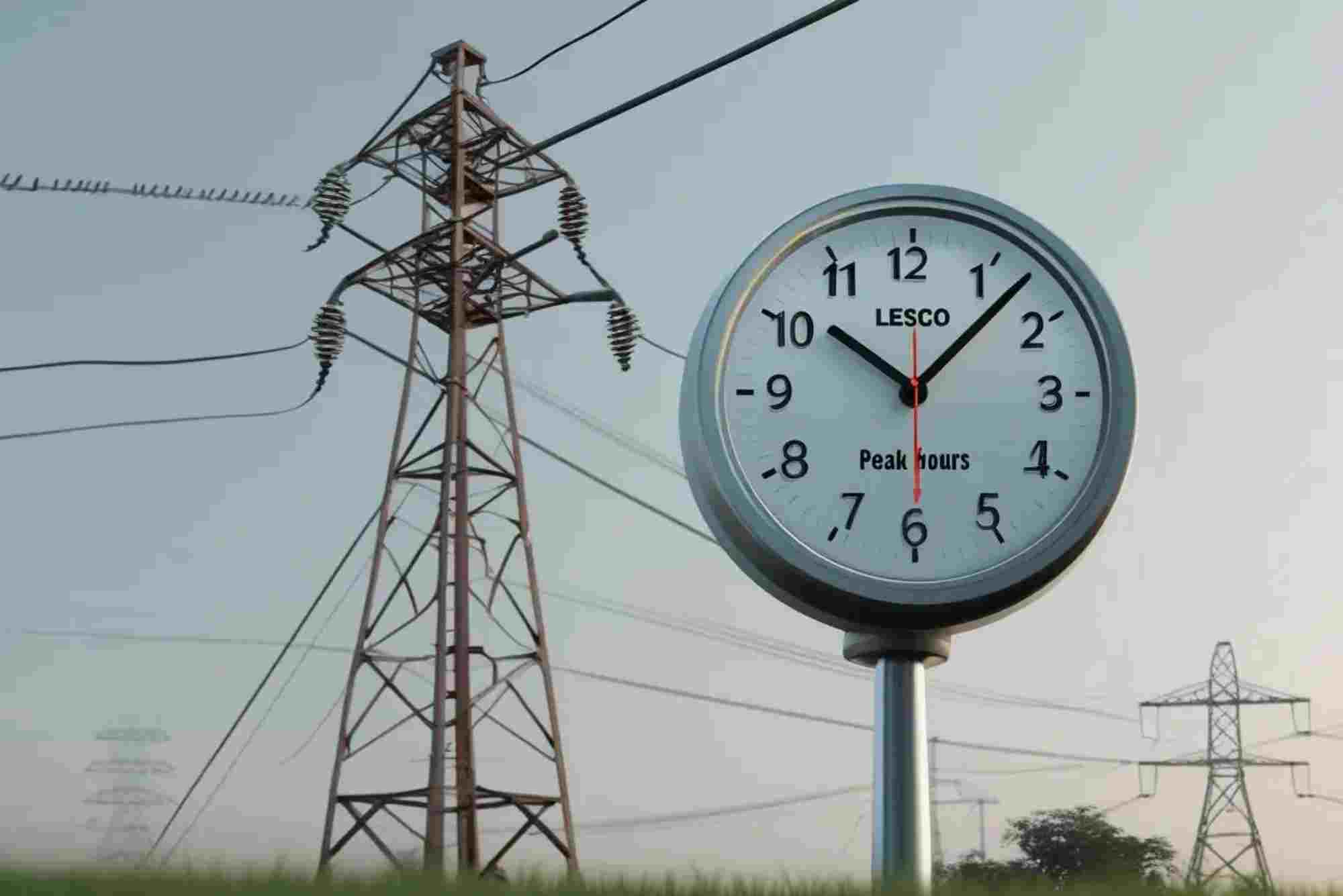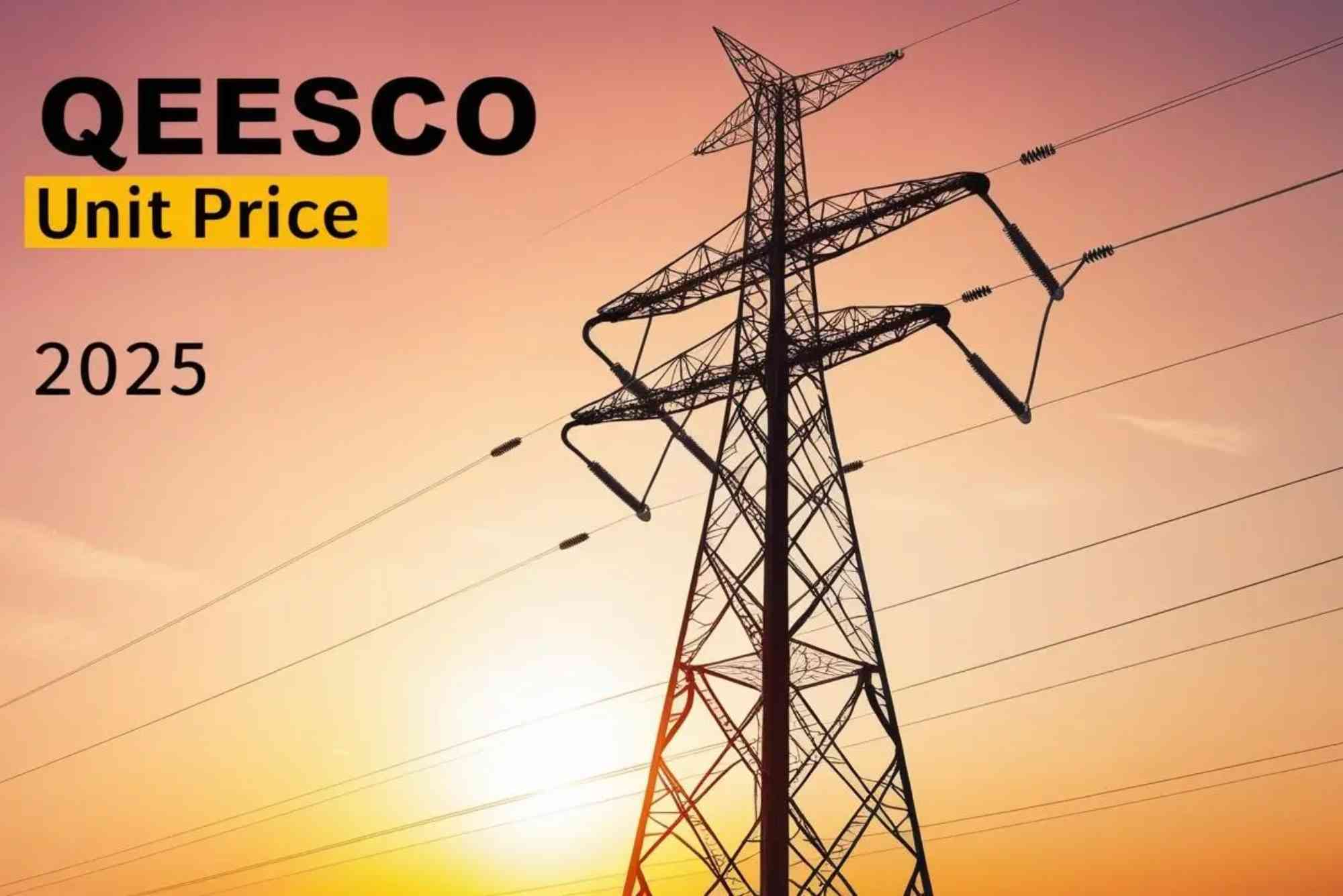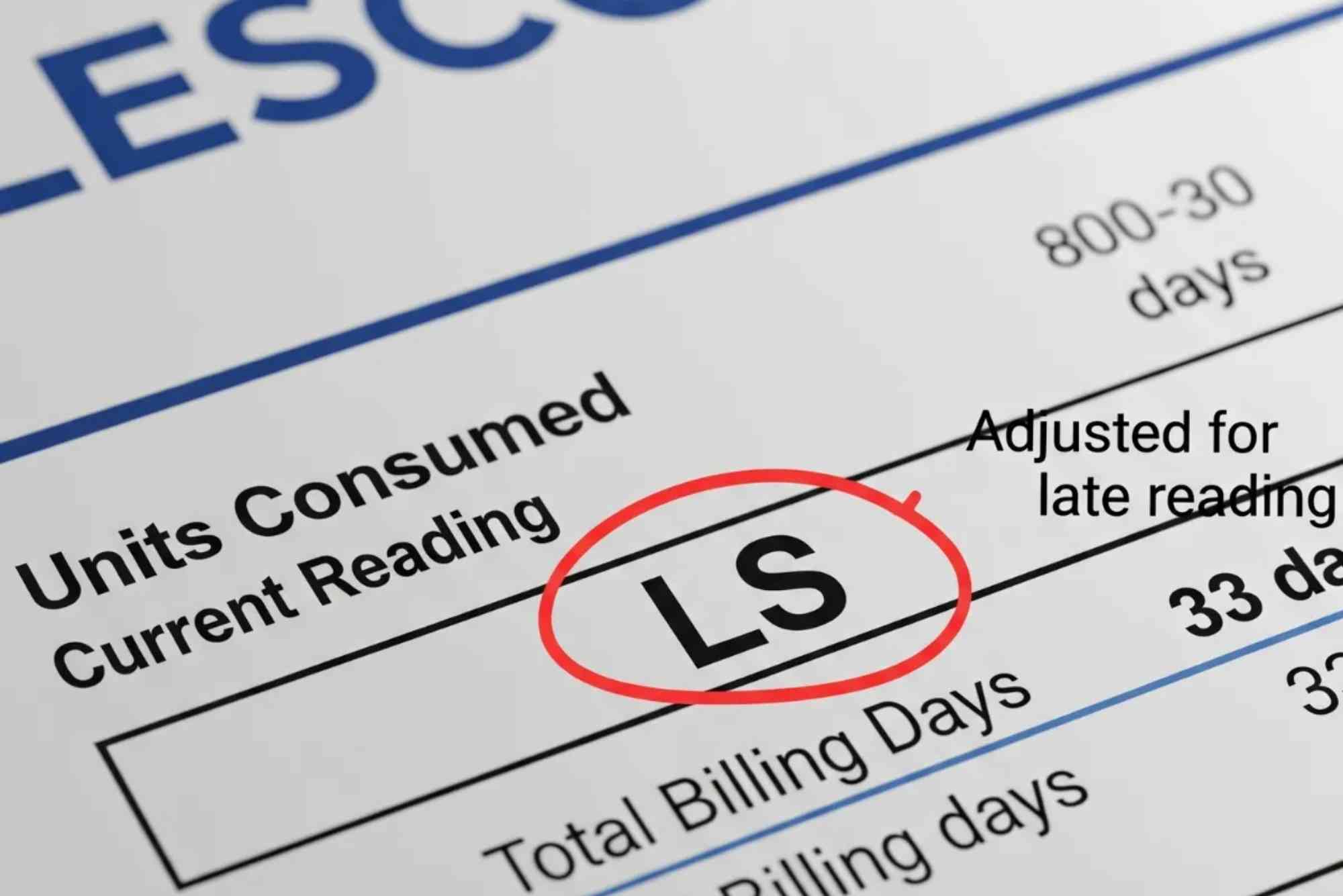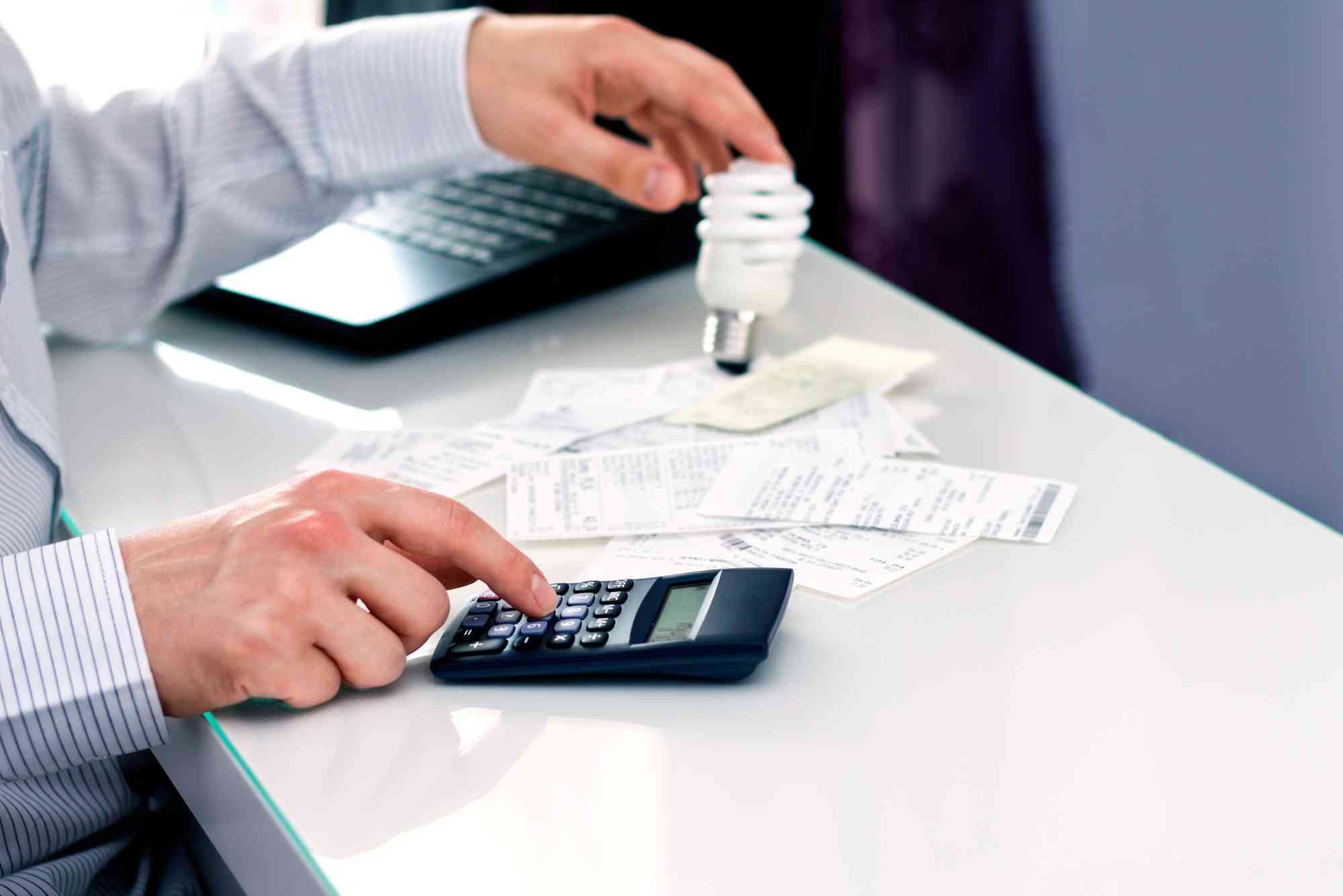IESCO Peak Hours – Tips to Save on Your Bill
Managing electricity usage wisely is more important than ever as bills continue to rise. For consumers under the Islamabad Electric Supply Company (IESCO), understanding peak hours IESCO is essential. By knowing when electricity is most expensive and how to avoid heavy usage during those hours, you can significantly cut down your monthly expenses. This guide will explain peak hours, why they matter, and how you can save money through smart electricity habits.
What Are IESCO Peak Hours?
Peak hours refer to the time of day when electricity demand is at its highest. During these hours, the electricity tariff is higher compared to off-peak times. IESCO, like other electricity providers in Pakistan, sets specific peak hours daily to manage load distribution and encourage efficient energy use.
For most households and businesses, using appliances during peak hours can lead to significantly higher bills. Understanding and avoiding unnecessary consumption during these times is one of the most effective ways to save.
Why Do Peak Hours Matter?
IESCO’s peak hours are designed not just for billing but also for balancing the power supply. Here’s why they matter:
Higher Tariffs
Electricity costs more during peak hours. If you run heavy appliances at these times, your bill can rise quickly.
Load Management
By discouraging excess usage during peak times, IESCO helps prevent overloading on the grid.
Energy Conservation
Peak hours encourage users to shift consumption habits, leading to reduced energy waste.
Current IESCO Peak Hours in Pakistan
As per IESCO’s official guidelines, the peak hours vary slightly in summer and winter. These timings are consistent with national energy-saving policies.
- Summer Peak Hours (April – October): 6:30 PM to 10:30 PM
- Winter Peak Hours (November – March): 6:00 PM to 10:00 PM
Outside of these hours, electricity is charged at the normal off-peak rate, which is considerably cheaper.
Practical Tips to Save During Peak Hours IESCO
Saving on your electricity bill is easier than you think once you adjust your routine. Here are some proven strategies:
Shift Heavy Usage to Off-Peak Hours
Appliances like washing machines, irons, water pumps, and microwaves consume significant power. Use them before or after peak hours.
Use Energy-Efficient Appliances
Energy-efficient air conditioners, refrigerators, and fans consume less electricity, reducing overall costs.
Switch to LED Lighting
Replacing traditional bulbs with LEDs cuts energy consumption by up to 80%.
Unplug Idle Devices
Chargers, TVs on standby, and unused devices still consume electricity. Unplug them when not in use.
Manage Air Conditioner Usage
Air conditioners consume high units. Set the temperature to 26°C, clean filters regularly, and avoid using them during peak hours.
Cook Before Peak Hours
Plan your cooking schedule so ovens, microwaves, or electric stoves are used outside peak timings.
Iron Clothes in Bulk
Ironing daily during peak hours increases costs. Instead, iron all clothes at once during off-peak hours.
Optimize Water Pump Usage
Water motors are energy-heavy. Fill overhead tanks early in the morning or late at night to avoid peak charges.
Benefits of Avoiding Peak Hours IESCO
By adjusting your routine to off-peak hours, you gain several advantages:
- Lower monthly bills
- Less stress on electrical appliances
- Better grid stability in your area
- Contribution to national energy conservation
Common Mistakes People Make During Peak Hours
Even with awareness, many consumers still make mistakes:
- Running air conditioners and heaters continuously during peak hours
- Using water heaters for extended periods
- Leaving unnecessary lights and fans on
- Ignoring standby devices like routers and TVs
Avoiding these small mistakes can bring a noticeable difference in your monthly expenses.
Government Policies on Peak Hours
The government of Pakistan enforces peak hour policies to promote energy efficiency and reduce reliance on costly imported fuel. By following IESCO’s peak hour schedule, households directly support energy conservation efforts while enjoying reduced costs.
Internal & External Resources
For those wanting to stay updated on bills and units, you can try Online Bill Check. You may also directly check your monthly bill through IESCO Online Bill Check.
For external reference, you can visit the official IESCO website for updates on tariff rates and peak hour schedules.
FAQs on Peak Hours IESCO
What are IESCO peak hours today?
IESCO peak hours in summer are 6:30 PM to 10:30 PM, and in winter are 6:00 PM to 10:00 PM.
Can I save money by avoiding peak hours?
Yes, using heavy appliances outside peak hours lowers your electricity bill significantly.
Do all appliances cost more during peak hours?
Yes. Any appliance running during peak hours is charged at a higher tariff rate.
How can I remember IESCO peak hours?
A simple way is to set reminders on your phone during the evening hours to avoid using heavy appliances.
Is peak hour billing different for businesses?
Yes, commercial and industrial connections often have stricter peak hour rules and higher rates.
Electricity bills can feel overwhelming, but smart usage during peak hours IESCO can make a big difference. By shifting heavy appliance usage to off-peak times, investing in energy-efficient devices, and following IESCO’s guidelines, you can lower your costs while supporting energy conservation.
Start managing your power wisely today—review your IESCO bill, understand your peak hours, and take control of your electricity usage. For easy access, use Online Bill Check tools to stay updated on your charges.
